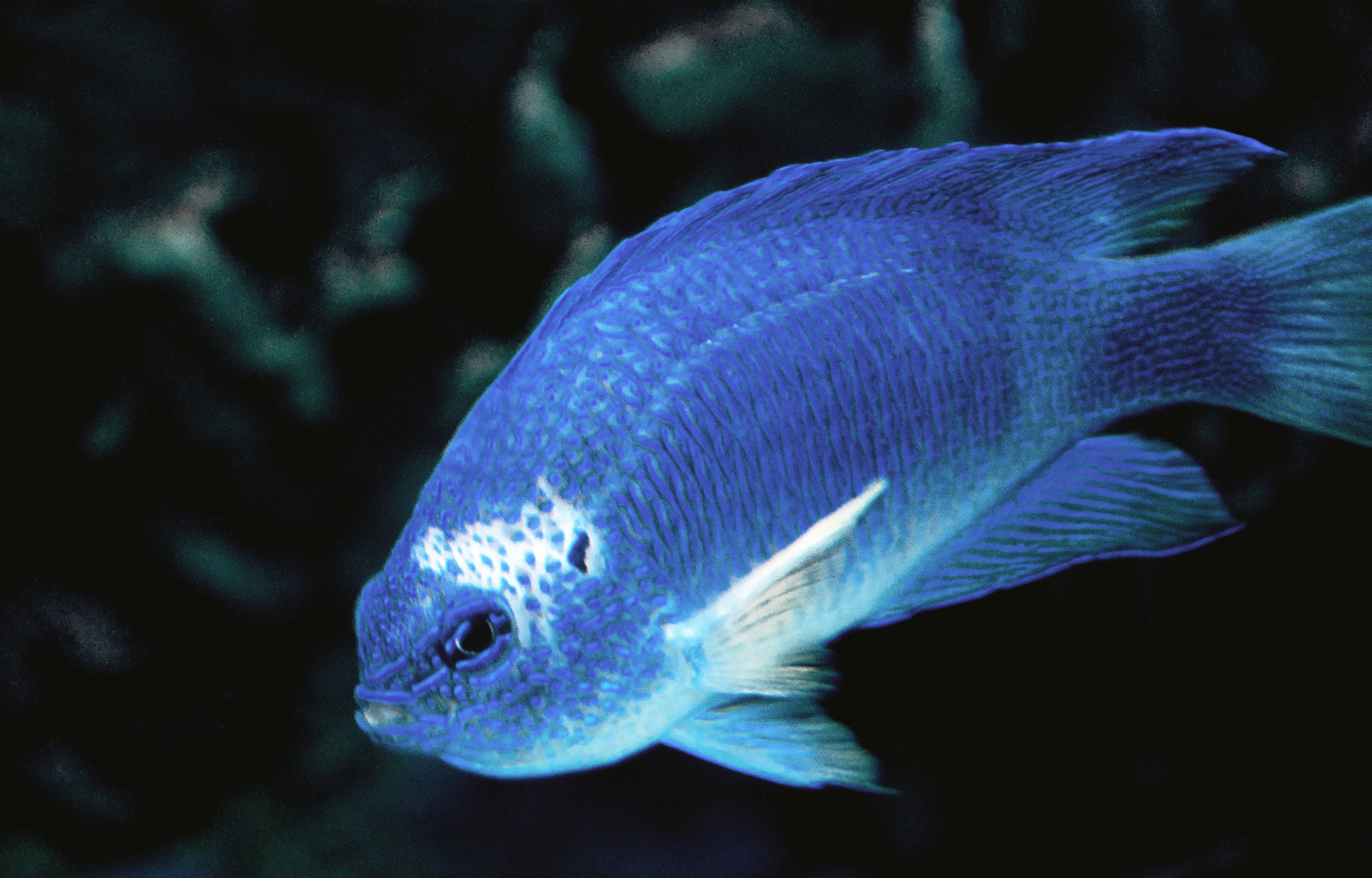At first glance, a fish tank may seem like the easiest and cheapest path to pet ownership: Fill with water, get a few fish and boom—instant pets you don’t have to walk, brush or clean up after, right? Not so fast. Many of the most popular tropical fish sold in pet stores are caught in the wild with poison, are difficult to care for, and cost up to hundreds of dollars each.
Quite a few enthusiastic fish owners sink a pile of dough into their newfound hobby at first, but jump ship within the first year when they realize it’s harder than they thought. “Many fish owners are completely unprepared for the loss of life they experience,” said Rene Umberger of the marine life advocacy group, For the Fishes.
Videos by VICE

Up to 90% of the fish you see at the pet store are captured in the wild using cyanide, which destroys coral reefs and kills many other fish in the process. Some of these fish—including the green chromis, firefish and yellowtail damsels—“are dying about six weeks after being purchased,” Umberger added. “They simply cannot sustain life in a captive environment when they are caught in the wild.”
Lack of proper care can also send these beautiful fish to an early death if the tank isn’t set up right or you introduce more aggressive fish into the mix that attack the others.
While many fish are relatively inexpensive, such as the copperband butterflyfish (which cost about $50 each), others are a significant investment, including the achilles tang (up to $400 each) and the blue ring angelfish (up to $600). And that’s not even factoring in the cost of a beginner, 20-gallon tank, which starts at around $200.
The problem with wild caught fish
As you may imagine, using poison to stun and capture wild fish does a lot of collateral damage. “While some fish die instantly, some of them survive the initial shock and many die within the next few days from the damage and stress,” said Miyoko Sakashita, oceans director and senior counsel for the Center for Biological Diversity.
Fallout from cyanide fishing is harming more than the fish. “This impacts other marine animals too and is even responsible for coral bleaching, which is an environmental disaster,” added Dawn Carr of People for the Ethical Treatment of Animals in the United Kingdom.
How to avoid fish caught in the wild
So you may be thinking, okay I just won’t buy wild-caught fish. But that can be hard to do. “Over 2,500 different species of wild fish are imported by the U.S. aquarium trade,” Umberger said. “But only fewer than 5% can be bred in captivity.”
If you want to make sure a fish you buy was not caught in the wild, you’ve got two options. One is to ask the pet store whether they were bred in captivity. “More and more fish dealers are working with suppliers that certify that their collection practices have little impact on wild fish habitat and population,” according to the American Veterinary Medical Association. “Fish that are raised to be pets will likely be healthier and live longer, and their purchase supports sustainable practices. “

Another option is to download the Tank Watch app, developed by For the Fishes, which allows you to quickly discern between fish bred in captivity (“good fish”) and wild fish captured using cyanide (“bad fish”).
“Good fish” listed in the app include the maroon clownfish and the orchid dottyback. If this is your first fish, consider easy breeds like the cinnamon clownfish, clarkii clownfish and tomato clownfish. “Bad fish” include the bluestreak cleaner wrasse, the copperband butterflyfish and the blue-green chromis.
Tank tips
Caring for your tank is just as important as picking out the right fish. “If you set the tank up properly they don’t require that much maintenance,” Umberger said. “You should leave the tank sitting empty for four to six weeks before the chemistry is set up to sustain life. But people rush, don’t give the tank time [to set up] and do the proper testing.”
Make sure to install the proper equipment, including a heater, thermometer and filter and buying the wrong size tank for the amount of fish you’d like to keep is likely to leave you with dead fish. And avoid placing the tank in direct sunlight or setting it on the ground.

Cleaning the tank is vital to keeping the fish alive, but if you don’t if you don’t do it properly, the consequences could be dire—to you. A man in England unwittingly poisoned 10 people and two dogs when he cleaned a rock in his fish tank covered in Pulsing Xenia coral, considered to be the world’s second deadliest toxin, the BBC reported.
And if all this sounds too daunting, maybe skip the home fish tank altogether and consider visiting one of these public aquariums instead. It’s a lot cheaper, totally awe inspiring, and you won’t have to flush any dead fish down the toilet when you get home.
Follow Gina Ragusa on Twitter.




